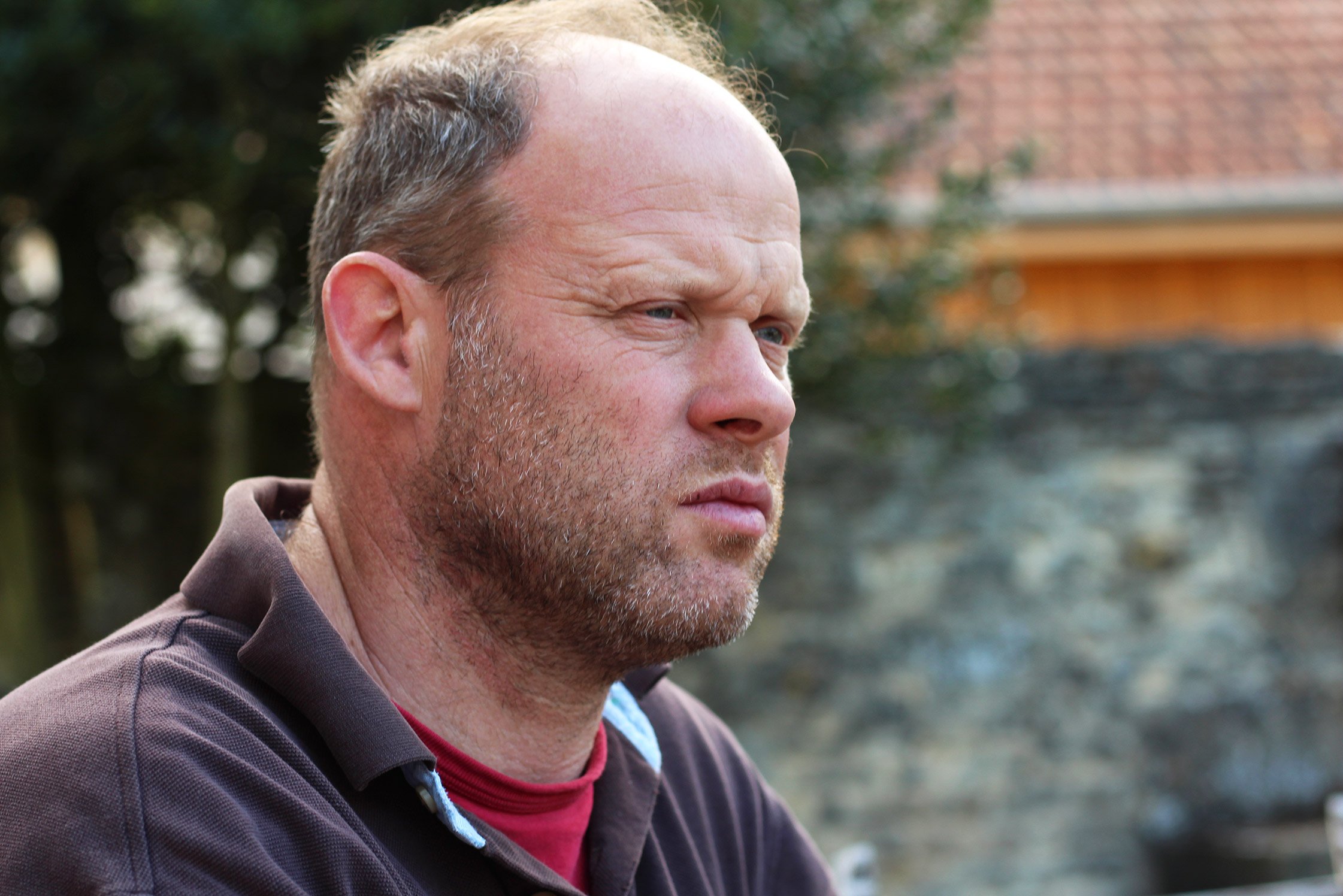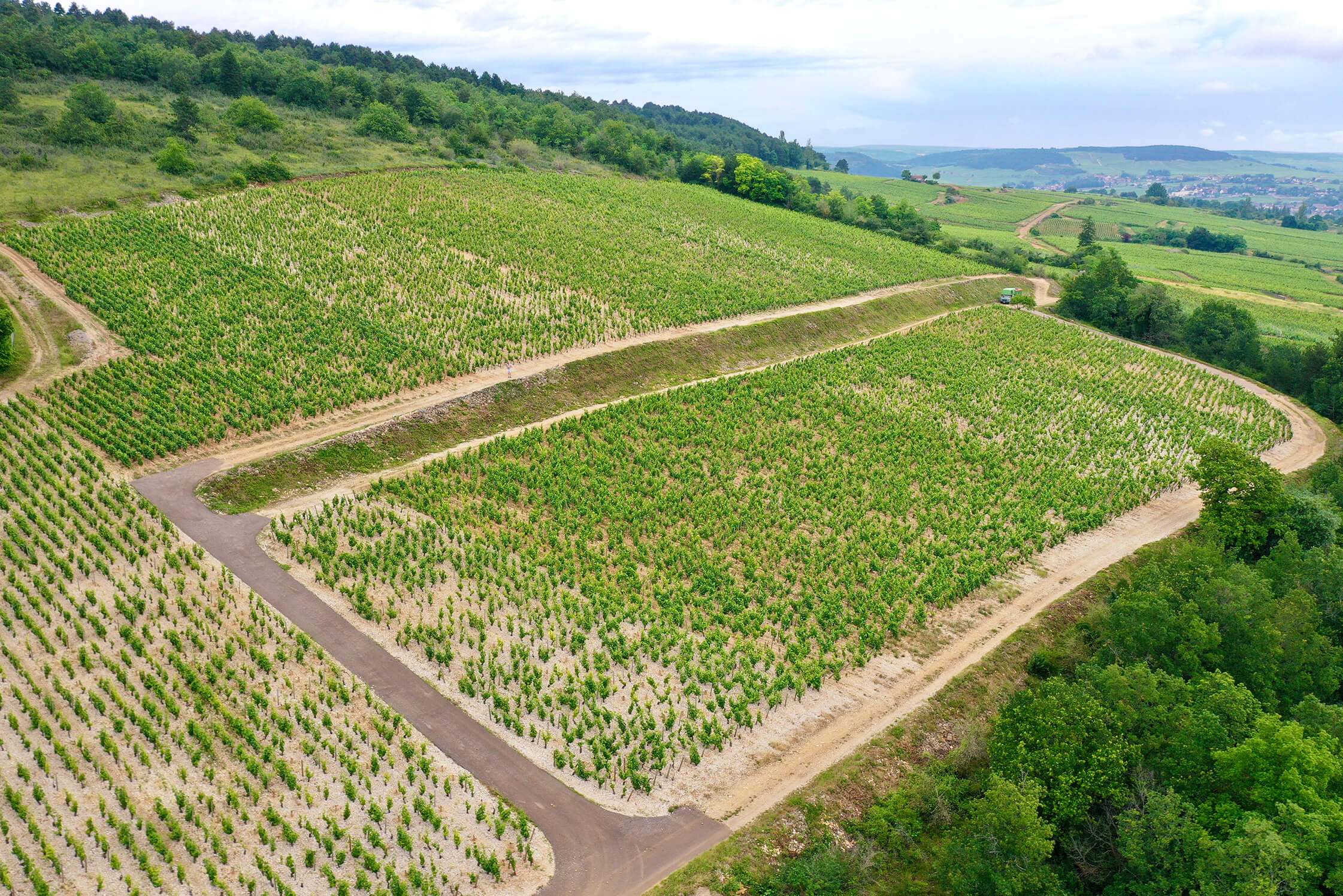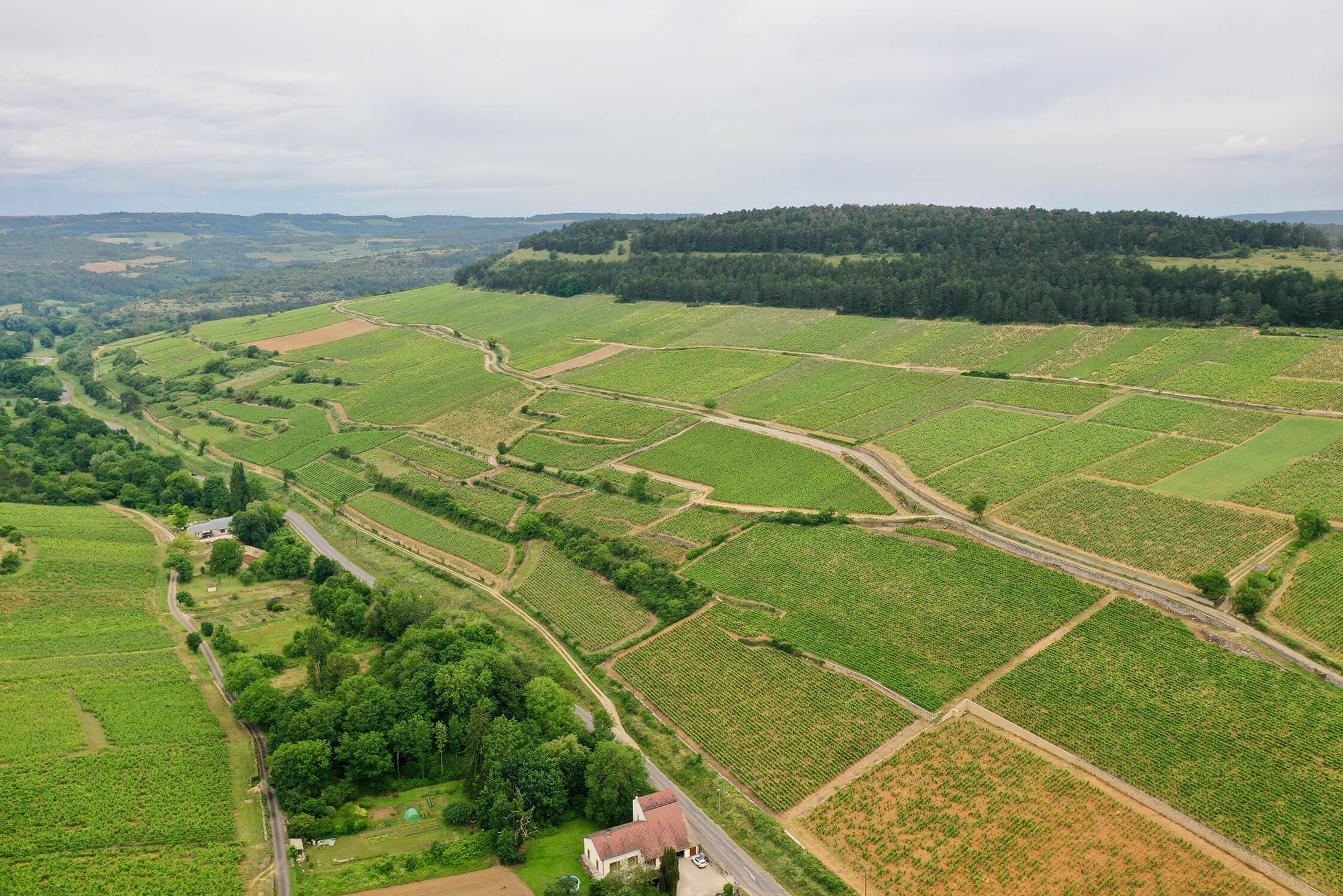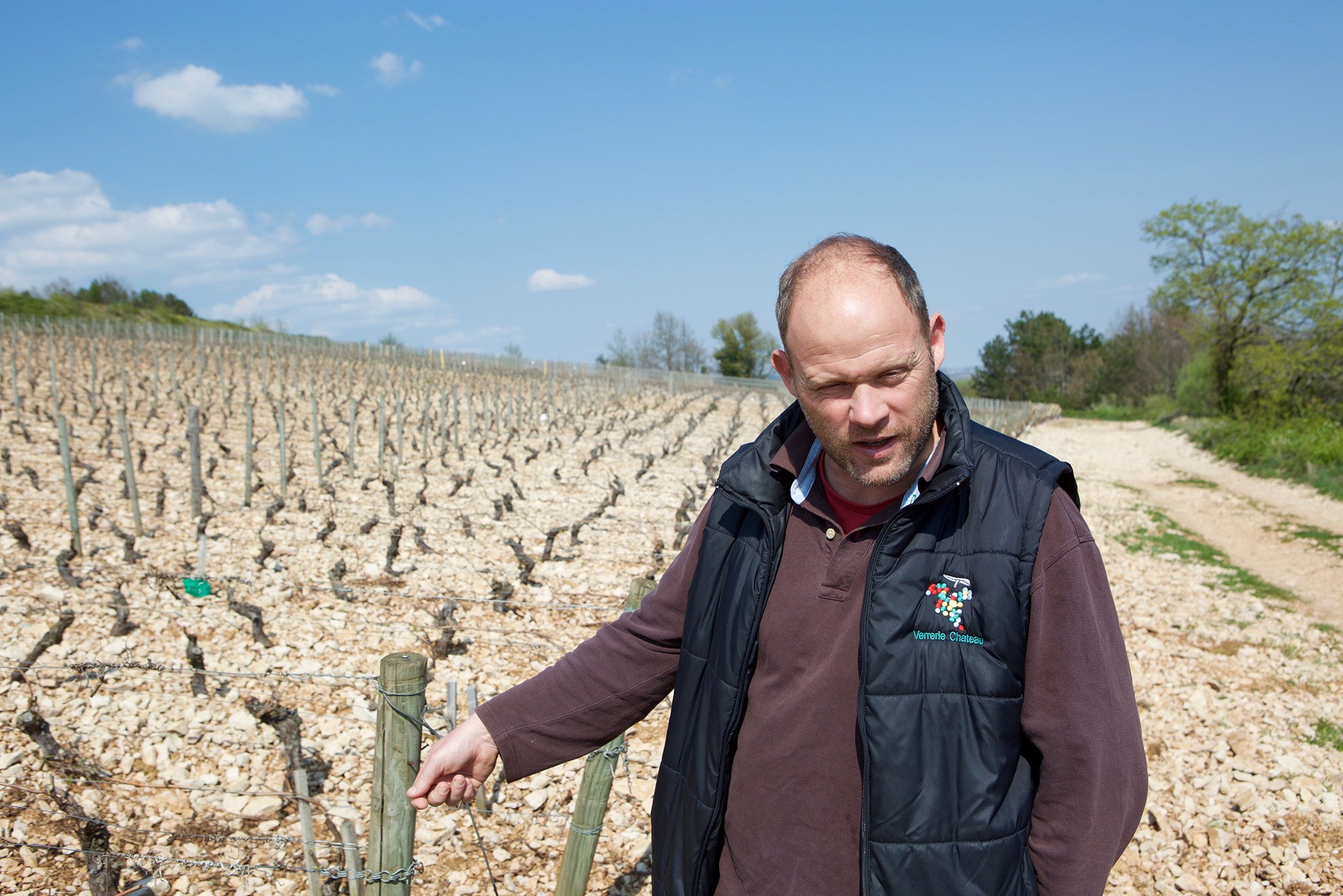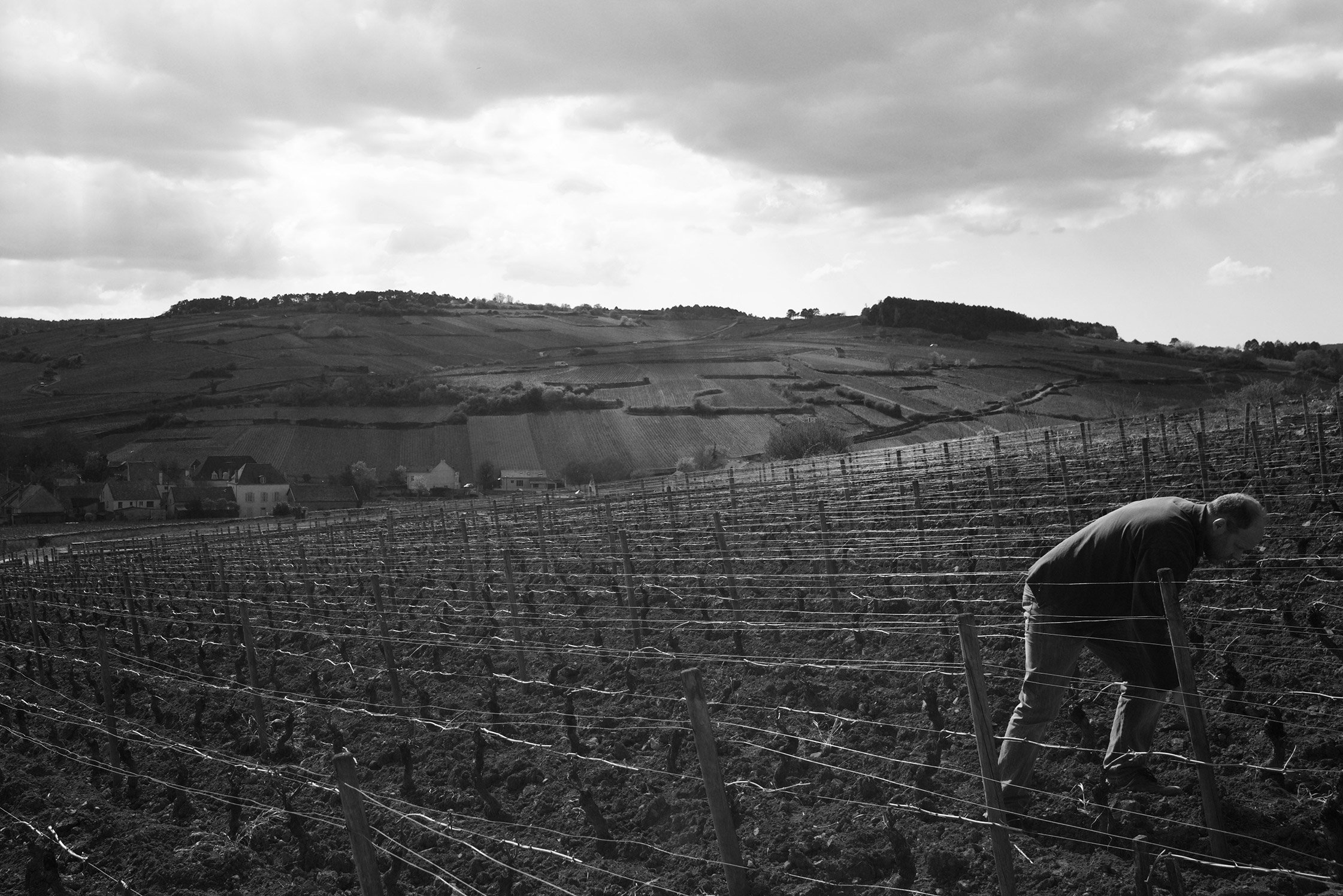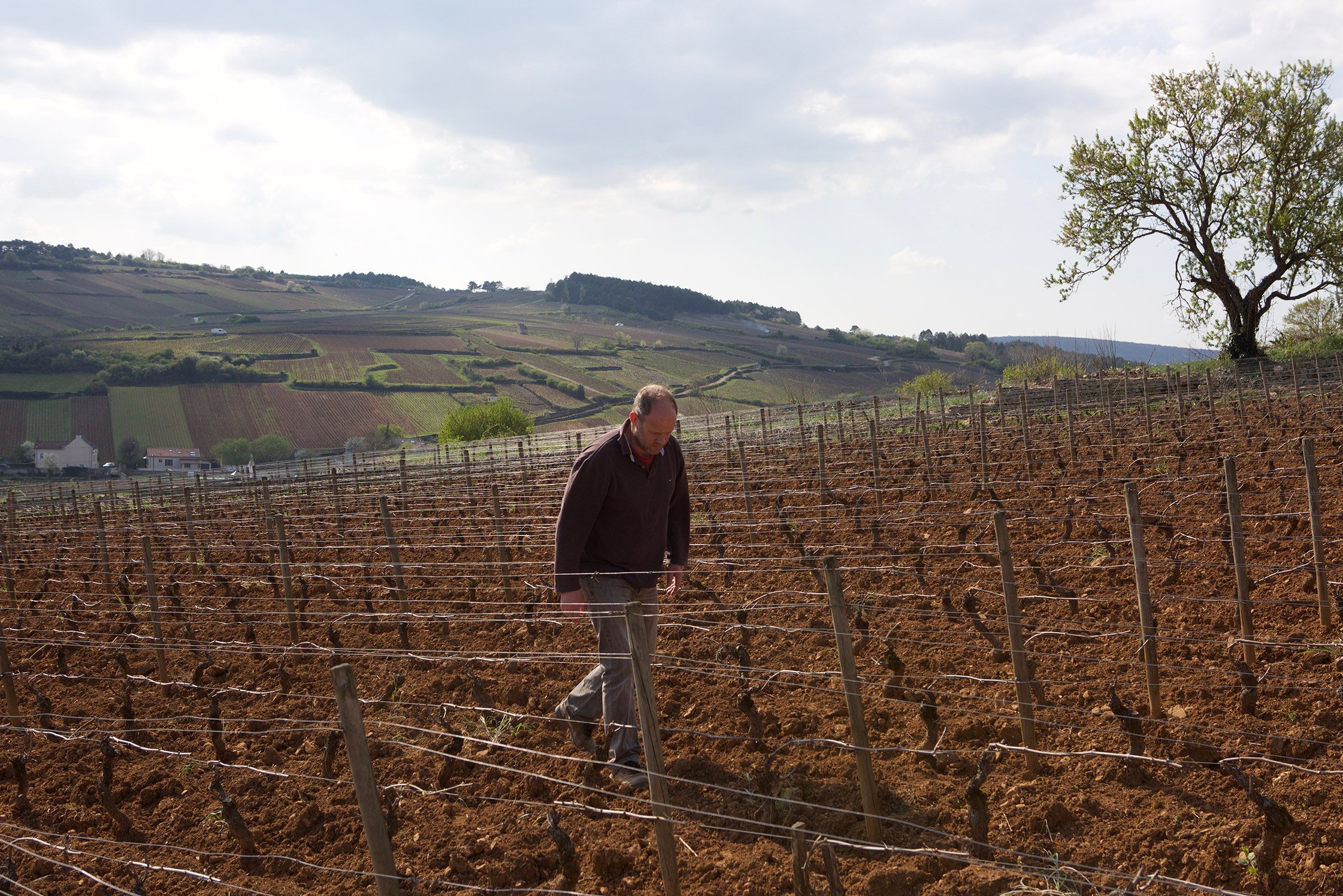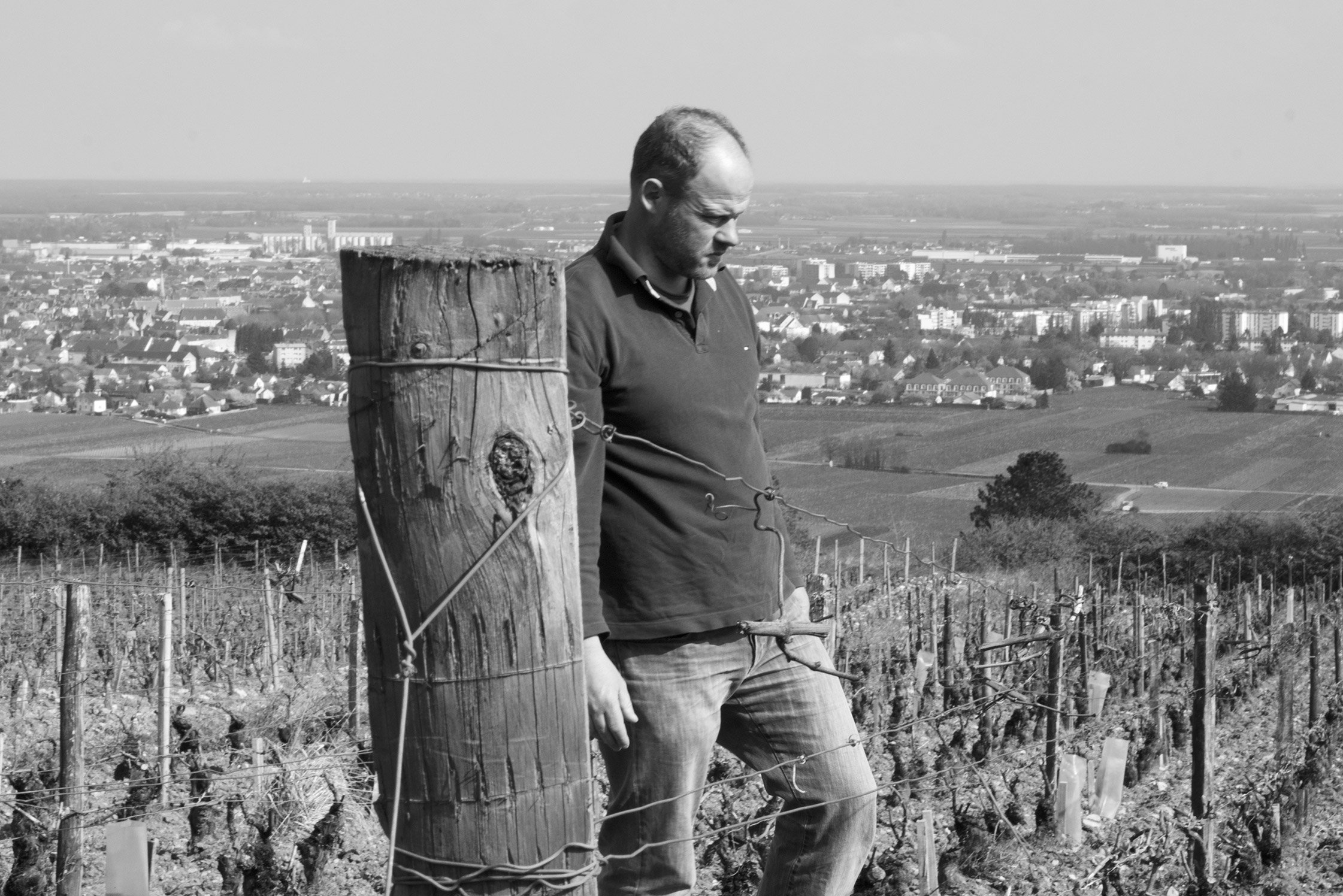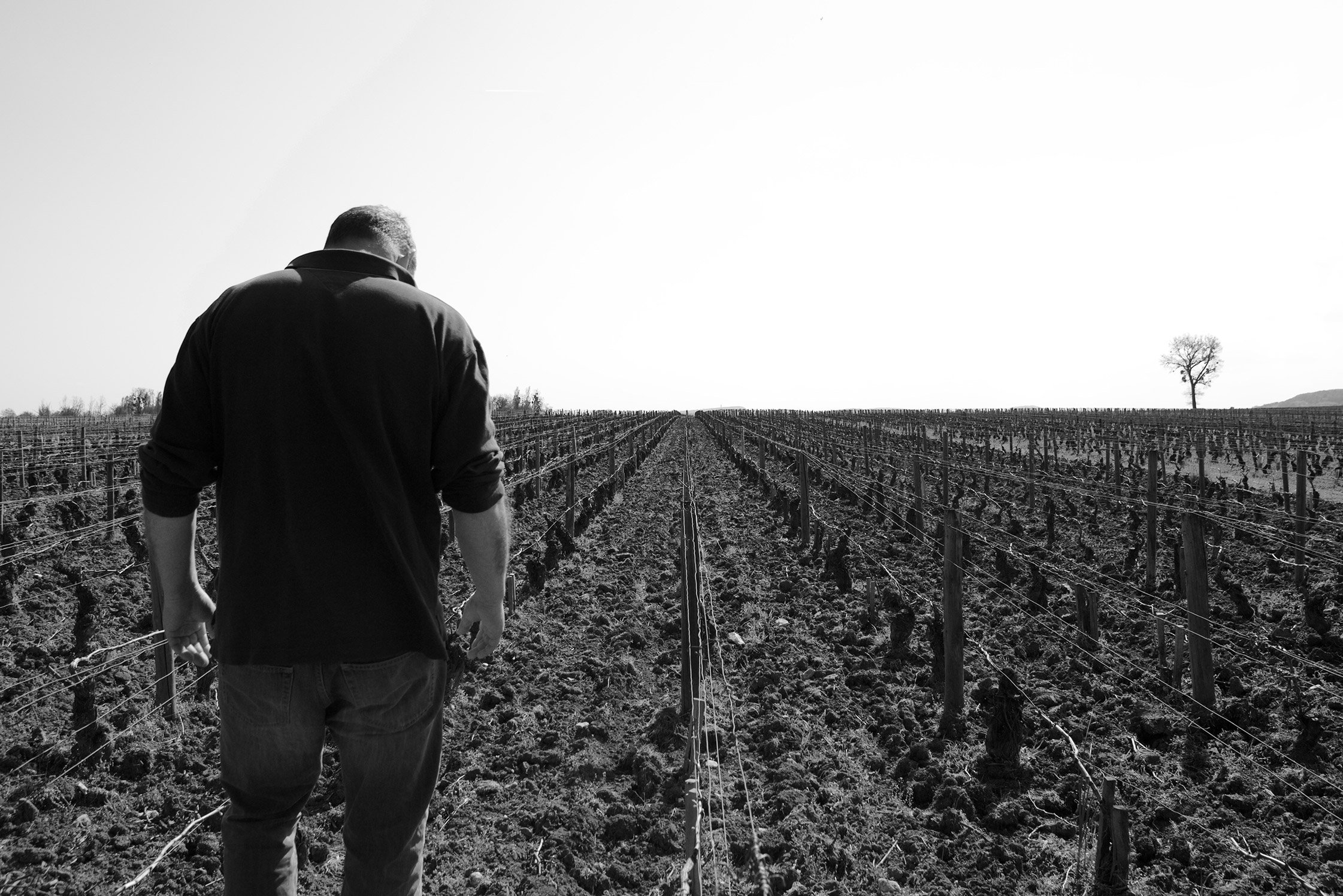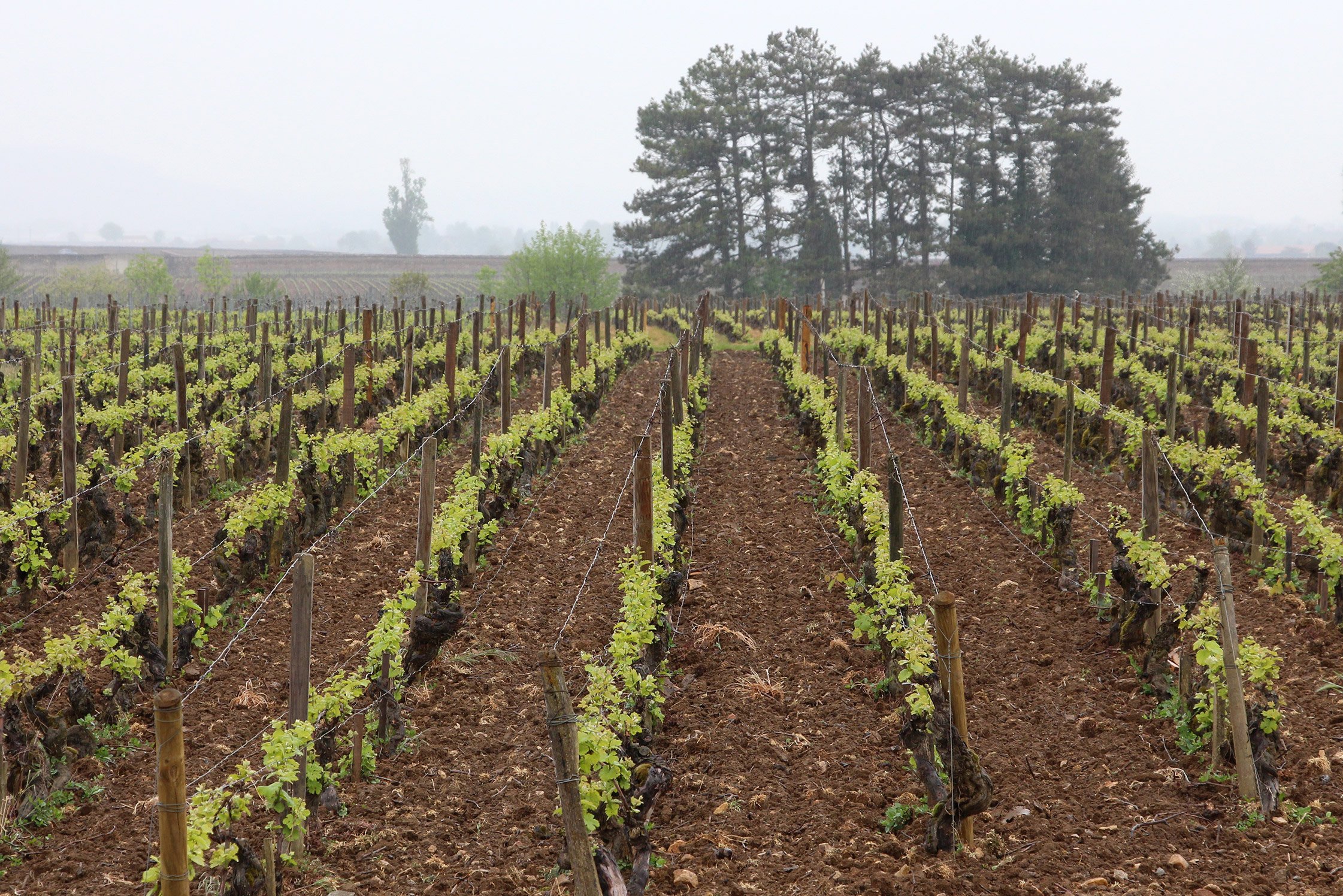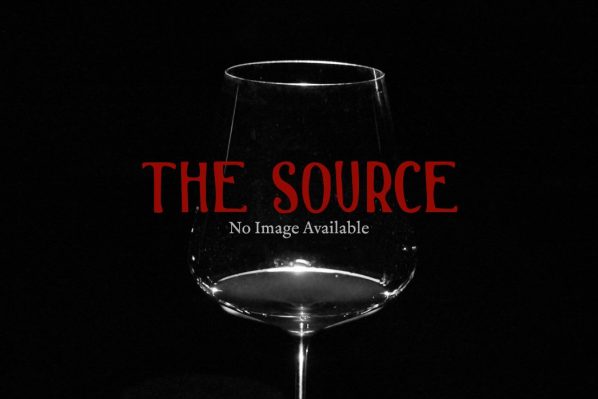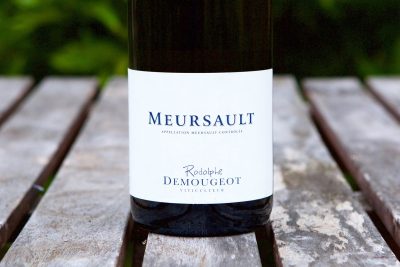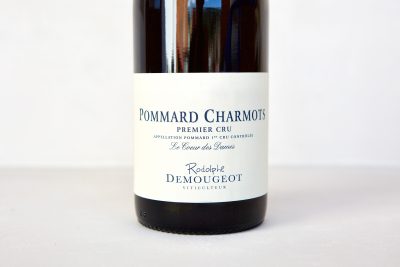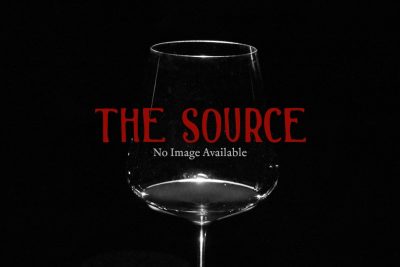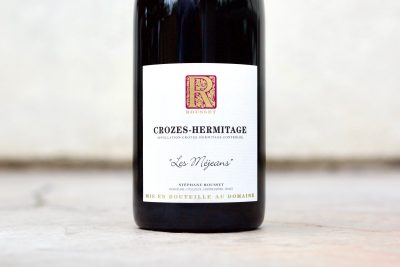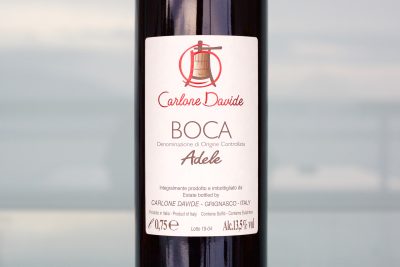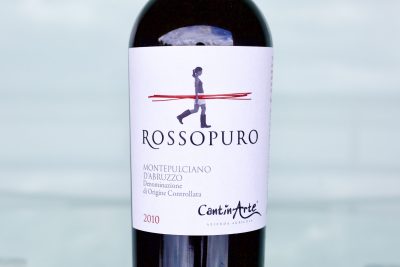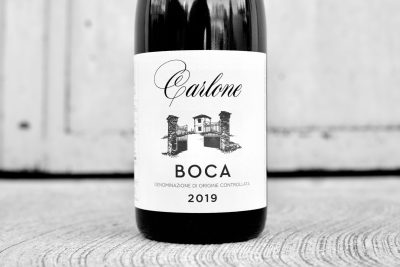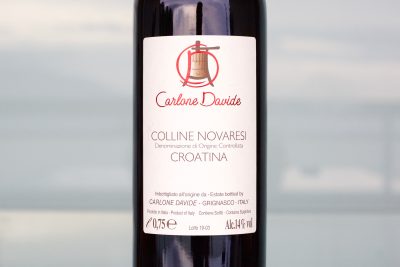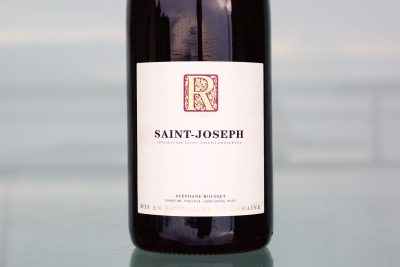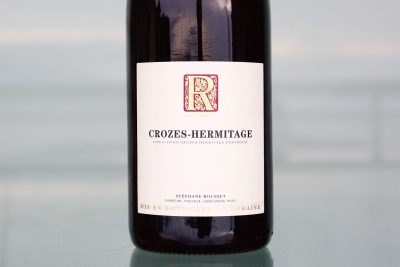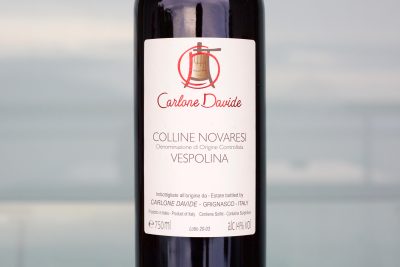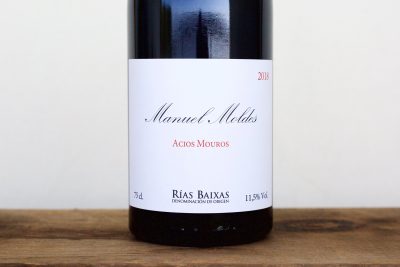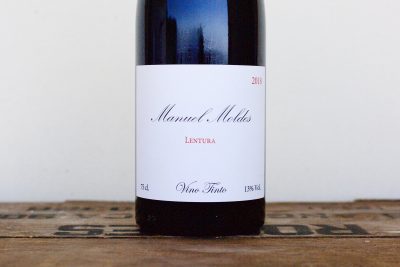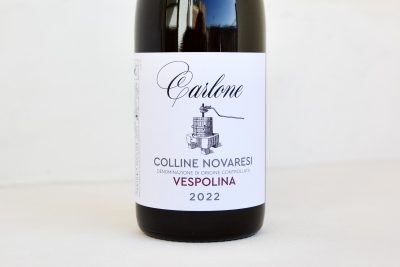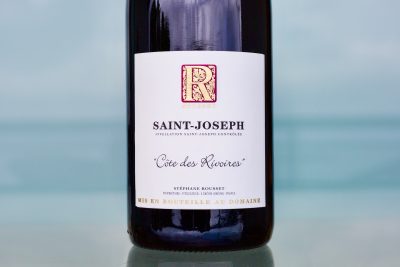The path to Rodolphe Demougeot’s current level of quality took a while after taking over the family domaine in 1992. Since then, he’s amassed eight hectares of vines in the Côte de Beaune and year by year upped the ante on his attention to detail in the cellar and vineyard, raising his own personal bar and capturing the attention of his illustrious neighbors with more enviable vineyard stables in Meursault and Pommard.
Rodolphe explains that he “learned how to do perfect chemical farming from his family and had to deprogram his vineyards and himself, which took a lot of time”—a courageous and an evolved sense of self and humility to admit. Another telling quote of his candid and honest character is that he needed to learn to be a good farmer first, and then learn to improve his performance in the cellar. If only everyone approached life with this kind of blatant and unflinching honesty about their own process!
Since the mid 2000s, synthetic treatments of herbicides, pesticides or fertilizers were systematically abandoned one step at a time. Then his interest in the inexplicable but observable energies of the cosmos and its influence on grapes and wine came to be central to his decision making. The moon is his compass for the timing of processes during growing, farming, picking, racking, and bottling.
Today, Rodolphe’s vineyards are impressively farmed and have as much life as any organic or biodynamic vineyard we’ve set foot in. He’s renowned for the quality of his farming by top growers in his area, and with all the talent in his hometown of Meursault, that says something. He plows most of his vineyards by tractor, but in some of his top sites, like the Pommard, 1er Cru Les Charmots, he works with a horse. His cluster selection is made early in the season to concentrate the energy of the vines to fewer clusters through the fruiting season in the pursuit of quality over quantity. Everything is done by hand and under severe scrutiny within his humble Côte d’Or holdings.
Demougeot’s white wines are an obvious win, and you don’t have to be a wine specialist to figure that out. However, his reds are equal in quality and perhaps easy to overlook in the shadow of his extraordinary whites. It’s often difficult to separate many wine tasters with the concept that red wines should bring something obviously substantial rather than subtle and refined as Rodolphe’s reds; but for wine drinkers it can be an entirely different calibration. Compelling wines are not a one-act concerto; they build as they go and end with a standing ovation that begs for another glass, or two. That’s Rodolphe’s style.
Rodolphe’s Chardonnay wines are whole cluster pressed and undergo a natural fermentation without bâtonnage (lees stirring), unless the vintage spare due to challenging weather that they need a little help. Sulfites are added for the first and only time at bottling, which seems to accentuate nuances that have required reading between the lines—the gift given only to the astute and patient wine drinker. From the Bourgogne Blanc all the way to his top white, Meursault Le Limozin, all are aged equally in 90% old oak barrels with a modest 10% of them new. The Bourgogne Blanc is a knockout and entirely sourced from vines below substantial Meursault village appellation vines and has the unmistakable mark of the appellation. His Meursaults, uninhibited by the excessive hands-on approach of insecure winemaking, are pure and bridge the gap between the baroque and the fashionable. In cold years they are a shoo-in, and in warm years can be unexpectedly stunning and fraught with tension typically found in a much cooler year. Here, the hand in the wine is only felt in the quality of the fruit and the soft touch in the glass. Bravo Rodolphe.
Like the whites, the reds are somewhere in the middle of the classic and trendy roads but are crafted to express more elegance than power. The fermentations are made without stems and last two to three weeks depending on the year. They are lightly extracted using the infusion approach, which is to say very little is done to disturb the grapes during the process of morphing from exquisite raw produce to a wine built through intention the moment the vines were pruned to the day the grapes were picked at their most optimal moment. Once pressed and put into barrel the wines aren’t moved until bottling. Like the whites, the first sulfite addition is made just prior to bottling to allow an unhindered development of each wine’s truer voice before the intrusion of the sulfites. The wines are spared excess new oak usage, unless the vineyard has a habit of rendering wines with increased tannin levels than others, like his Beaune lieux-dits, Les Beaux Fougets and Les Epenotes, not too far from the great Pommard premier cru, Les Petits Epenots, just to the south. On his top Pommard wines, Les Vignots and premier cru, Les Charmots, 70% older oak barrels are employed, while on the village appellation wines they typically land between 90-85% old oak barrels.
When in Burgundy with a very well-known Austrian winegrower, we visited many of the top producers in our portfolio. Not surprisingly, Demougeot’s wines were his favorite. He explained that he was drawn to them for their purity and unpretentiousness, and that his terroirs are on display without any unnecessary stylistic obstacles. He also ranked Rodolphe’s reds over his whites. Rodolphe’s wines are honest and his effort in the vineyards and the respect he has for his fruit is felt in the subtlety and gentleness of his wines. They are treated like a good sushi chef does the perfect piece fish: as little as possible to let it speak for itself.
So much is written about Burgundy that it seems silly to try to add more clay to that never finished sculpture. Even more absurd is to rewrite what’s been written in so many books on the subject that thoroughly cover each of its communes and their subsections as well as most of its premier cru vineyards and certainly its grand crus, ad nauseam. A summary will suffice here for where Rodolphe’s vineyards are and in the product descriptions you will likely find some details you may not find in the books.
Rodolphe’s family vineyards are principally between Meursault and Pommard, with only a single 1er Cru site in Pommard (Les Charmots) and many favorable village parcels between the two. In Meursault, all three of his parcels are on the south end of the appellation in fabulous spots above (one site) and below (two sites) the great premier crus, Perrières, Genevrières, and Charmes. He has a small collection in Beaune in both red and white, as well as a village and premier cru in Savigny-lès-Beaune. His exceptional Bourgogne Blanc is sourced below many of Meursault’s vineyards on the south of the appellation, and compelling Bourgogne Rouge from a single parcel of old vines in Chassagne-Montrachet. Additionally, they have a Auxey-Duresses and Monthélie, both fine and savory wines for those moments you need a break from the fruit with a stroll through the wet forest and all of its lovely fresh smells.
Don’t forget to check out the write-ups for each of the wines, which are sometimes extensive in detail and perspective. -TV

